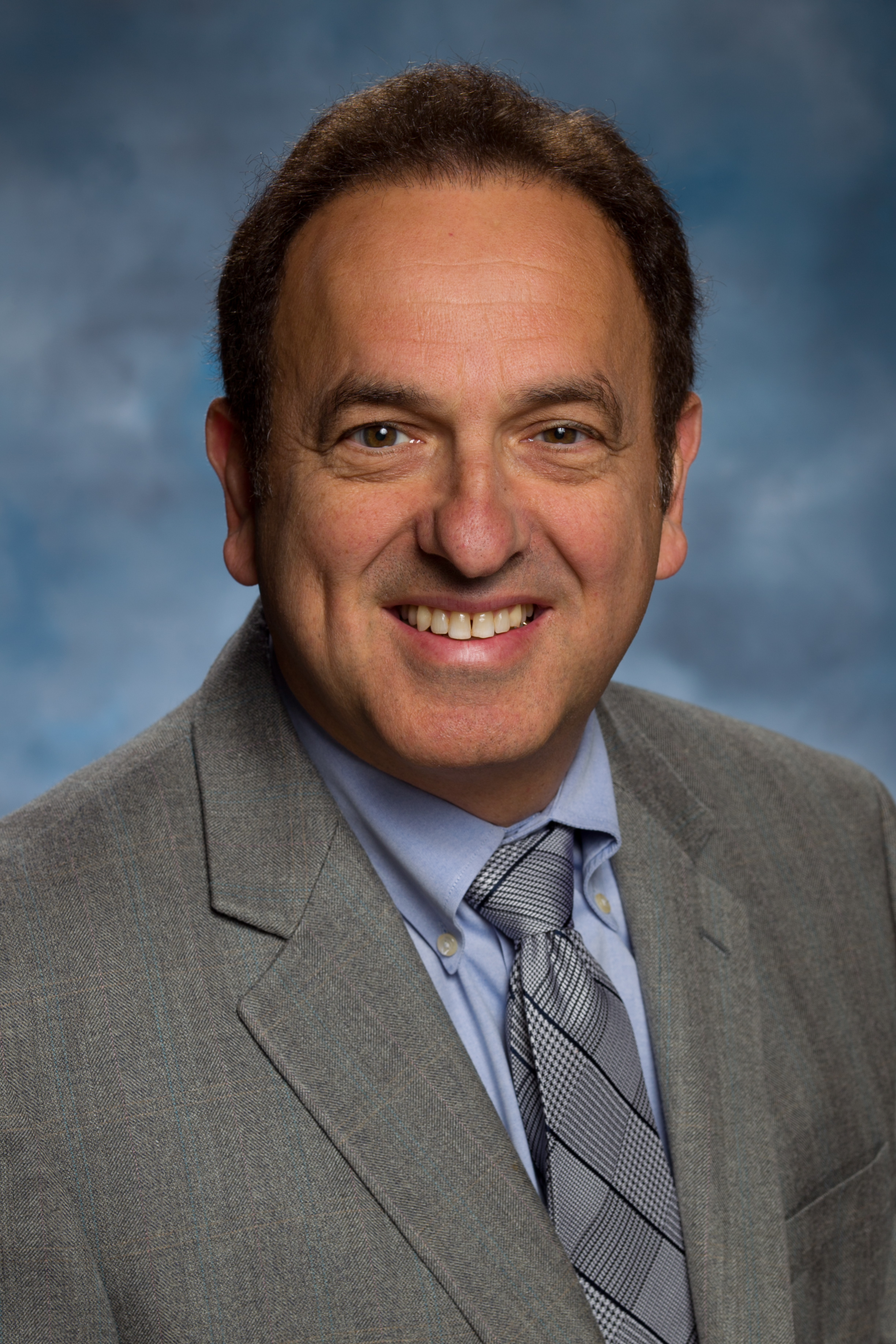 Breast cancer is the most commonly diagnosed cancer among American women. The American Cancer Society estimates that there will be over 260,000 new cases of breast cancer diagnosed this year. Although the statistics can be unsettling, tremendous strides have been made in the research of the treatment of breast cancer, particularly in radiation therapy.
Breast cancer is the most commonly diagnosed cancer among American women. The American Cancer Society estimates that there will be over 260,000 new cases of breast cancer diagnosed this year. Although the statistics can be unsettling, tremendous strides have been made in the research of the treatment of breast cancer, particularly in radiation therapy.
Bruce Haffty, MD, MS, Chair of Radiation Oncology and Chief of Staff at Rutgers Cancer Institute of New Jersey, in partnership with RWJBarnabas Health offers insight on radiation therapy as well as the newest developments in recommendations for how radiation therapy should be delivered.
“Radiation therapy is an advanced treatment for cancer, most often delivered through an external beam treatment provided by a high-energy linear accelerator,” said Dr. Haffty. “If you are a candidate for radiation therapy to treat breast cancer, traditionally, you were given a dose of radiation once a day, five days a week for anywhere from three to seven weeks.”
However, the American Society for Radiation Oncology (ASTRO), the world’s largest radiation oncology society recently released new and updated guidelines that offer new recommendations for the standard of care. The updated guidelines, published earlier this year, were the first updates made to the ASTRO guidelines first released in 2011. Based on data published over the past eight years, ASTRO now recommends accelerated, hypofractionated whole-breast radiation as the standard of care for women diagnosed with breast cancer.
As a contributing author on the paper that resulted in the new radiation therapy guidelines as well as a member of the ASTRO guideline committee, Dr. Haffty offers an expert look into the new standard of care for radiation therapy treatment for breast cancer patients.
“The 2011 guidelines suggested accelerated, hypofractionated whole-breast radiation only for women age 50 and older as well as for women who were diagnosed with less advanced breast cancers that had not yet spread to the lymph nodes,” said Dr. Haffty.
However, with the updated recommendations, the population of patients who can and should receive this type of whole-breast radiation has expanded and a larger percentage of women can now receive a shortened course of radiation therapy and see the same results.
“We’re recommending what’s known as accelerated, hypofractionated whole-breast irradiation for patients regardless of age, tumor stage and whether they have received chemotherapy,” said Dr. Haffty. “This kind of radiation uses higher, but still safe, doses of radiation per session and targets the whole breast and reduces the amount of treatment sessions necessary (hypofractionation).”
Accelerated, hypofractionated whole-breast radiation is a more convenient and lower cost option of treatment for patients and at the same time does not increase the likelihood that their cancer will return or increasing the side effects of radiation.
“Accelerated, hypofractionated whole breast radiation treatment courses are completed in three to four weeks, as opposed to five to seven weeks of traditional radiation treatment,” said Dr. Haffty. “Shorter treatment courses mean that patients don’t have to take so much time out of their schedules for treatment and they can go back to their lives much sooner. It may also mean that women are more likely to receive all of the recommended radiation treatments that is needed to treat their cancer.”
“The new guidelines provide patients with the ideal treatments courses they need to achieve the best possible outcome,” said Dr. Haffty.
Although ASTRO’s new guidelines are applicable to most women diagnosed with breast cancer, there can be exceptions; for example, accelerated, hypofractionated whole breast radiation may be difficult to complete for women with very large breasts.
Before radiation therapy course of any kind begins, a radiation oncologist will thoroughly review your medical history and current medical conditions.
“After discussing your treatment goals, an individualized treatment plan will be developed. Your doctor will consider the size of the tumor and its location in the body as well as prior cancer and treatment history,” added Dr. Haffty. “We work with patients on a unique, case-by-case basis to determine what course of treatment will give them the best care for their situation,” added Dr. Haffty. “We understand the value of providing every patient with a personalized plan of care and we take our time to assess the health of our patients and work closely with them to determine the most effective treatment plan to ensure the best outcomes.”
RWJBarnabas Health, New Jersey’s leader in cancer care, together with the Rutgers Cancer Institute of New Jersey, brings a world-class team of researchers and specialists to fight alongside patients, providing close-to-home access to the latest technologies and treatments such as accelerated, hypofractionated whole-breast radiation to fight breast cancer. To schedule a mammogram or for more information visit www.rwjbh.org/mammo. Let’s beat breast cancer together.